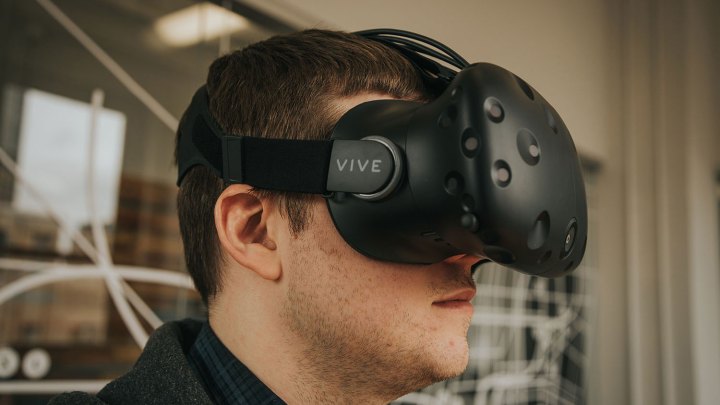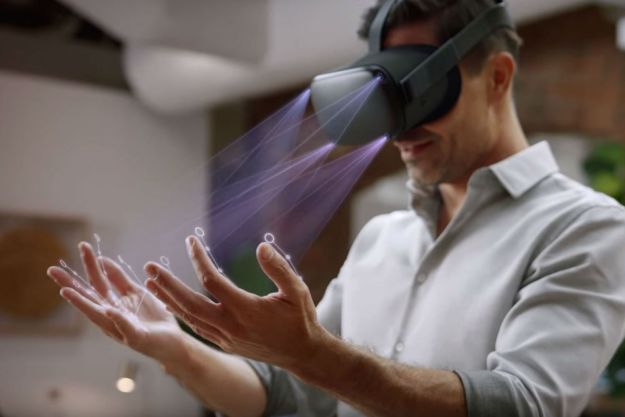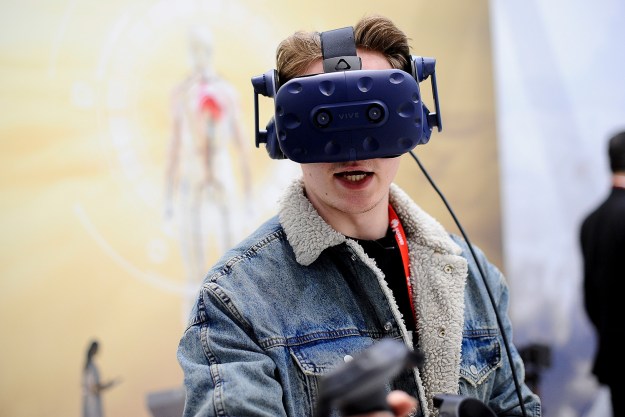
And now, HTC has doubled down on its bet on China, announcing a new partnership with the Shenzhen Municipal Government for two new initiatives. First, there’s the new China VR Research Institute, dedicated to researching and producing “breakthroughs in sensors, displays, graphics, data visualization, human-machine interaction, and other areas,” UploadVR notes.
Comprising individuals representing various enterprises, universities, research institutes, and investment organizations, the collective goal will be to increase the presence of VR across industries like health care, the military, engineering, design, and manufacturing.
Then, there’s the Shenzhen VR Investment Fund, which has been seeded by a whopping $1.5 billion in order to jump-start (or rather, accelerate) the Chinese VR industry. HTC chairwoman and co-founder Cher Wang said in a prepared statement that the research institute’s “multiple R&D centers” and the investment fund would “accelerate the development of the VR industry in Shenzhen and elevate the city’s R&D capabilities.”
These latest initiatives will complement the previously announced cafes, which could lead to the company launching Vive VR Cafes globally, according to Alvin Wang Graylin, HTC China’s President of Vive. Speaking with Haptical, Graylin said the cafes are in a testing phase right now but he envisions the cafes becoming “an arcade and social space” for people to get together and try virtual reality.
HTC has been exploring new ways to get headsets and VR awareness to more consumers. It signed a deal with Chinese software firm Shunwang, which provides software to gaming cafes. HTC also launched a content management platform called Viveport Arcade this week for arcade owners to manage their VR content.
“We’ll be using Viveport Arcade to connect [arcades] and bring value to users, store owners, and developers,” Graylin said.
Gaming cafes and arcades are big business in China. There are reportedly 146,000 Internet cafes in China with 20 million users a day, per 2015 figures, and 3,000 are VR arcades, according to Graylin. The company expects thousands more to open in the coming years.
“The arcade market is a great monetization opportunity for developers,” Rikard Steiber, president of Viveport, told UploadVR. “The [arcade] model is showing great promise in terms of penetration.”
Virtual reality is ripe for the picking in China, too, with a market that is tipped to be worth $8.5 billion.
Article originally published in October. Updated on 11-23-2016 by Lulu Chang: Added news of HTC’s $1.5 billion investment fund and research center in Shenzhen.
Editors' Recommendations
- I streamlined my PC VR setup, and now I use it more than ever
- HTC Vive Flow hands-on: A weird, compact VR headset for meditation and wellness
- The most common HTC Vive problems, and how to fix them
- How to watch HTC’s ViveCon today, the ‘most important VR event of the year’
- Two new ‘game-changing’ VR headsets could arrive at HTC’s ViveCon next week


